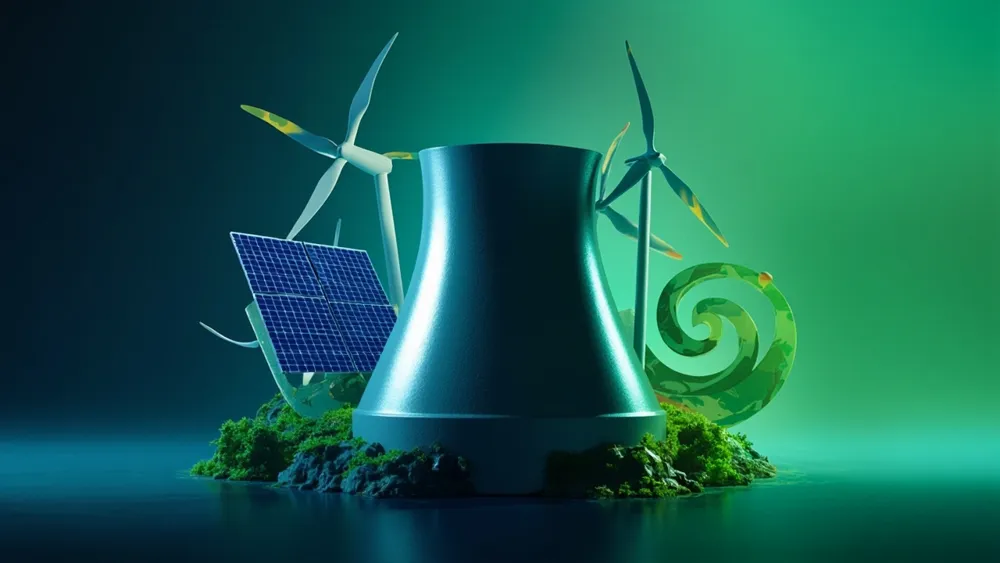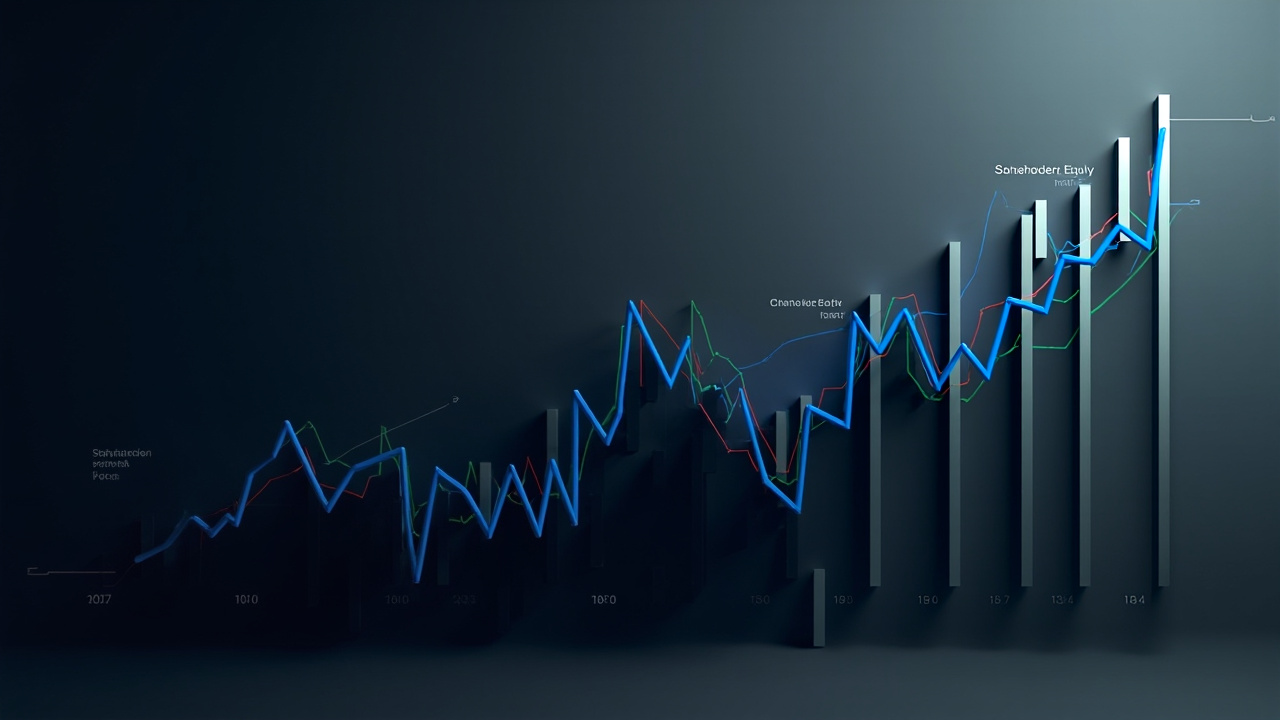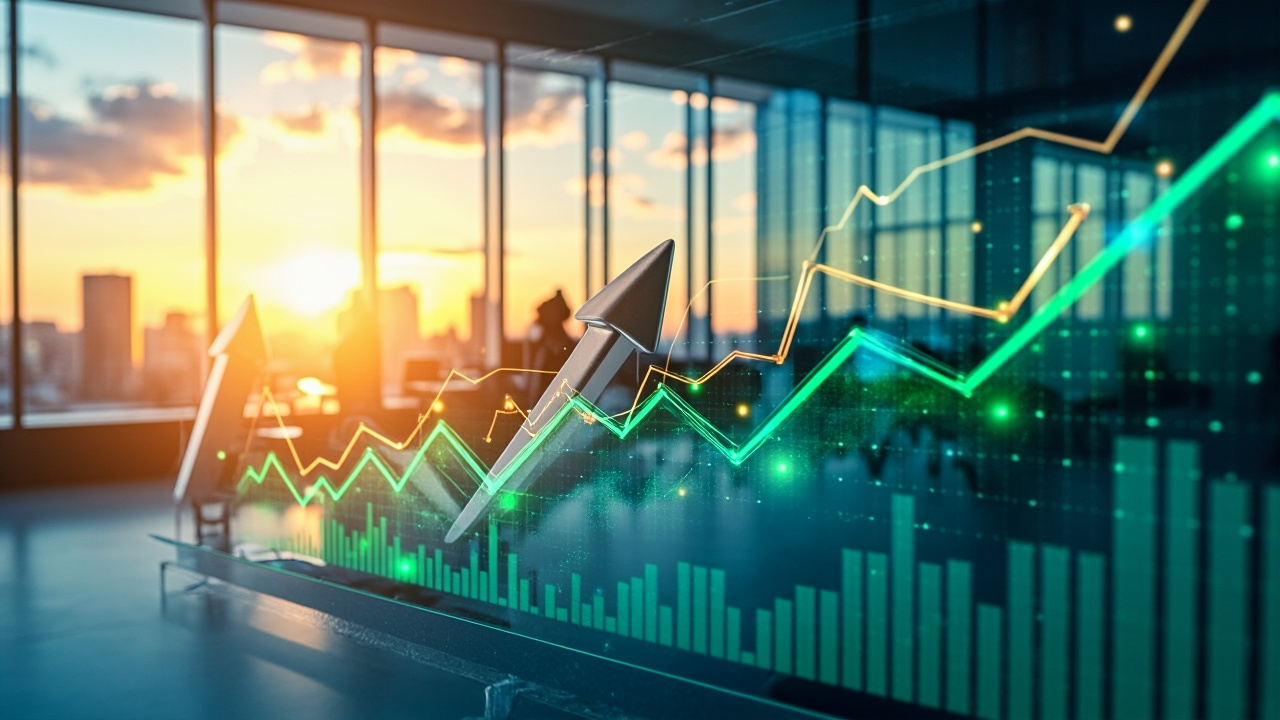Europe's Pivot Back to Nuclear Energy: A Divisive Shift

The renewed interest in nuclear energy across Europe represents not only a significant policy shift but also a broader reflection of evolving energy market dynamics in the face of geopolitical instability. With countries such as Denmark, Spain, and Germany reassessing their long-held aversions to nuclear power, we observe a critical pivot towards this divisive energy source—one that signals the fundamental changes in Europe’s approach to energy independence, particularly in the context of an escalating need to diversify sources post the Ukraine conflict.
Countries are drawn to nuclear as a means of securing energy independence amid soaring energy costs and uncertainties surrounding renewable energy consistency. The shifting viewpoints, such as Denmark's contemplation of nuclear technology—including advanced small modular reactors—highlight a response to the hidden costs associated with a renewables-heavy approach. Despite the significant price reductions in solar and wind technologies—having plummeted by over 80%—the challenges of storage, grid management, and reliability have come to light. According to Georg Zachmann, these hidden costs have made nuclear seem more viable again, pushing countries like Spain to reconsider their positions.
Moreover, Germany's recent reconciliation with nuclear energy showcases a broader trend. After shuttering its last nuclear plants just last year, the German government's newfound openness aligns with both the rising European demand for low-carbon energy solutions and a collaborative approach towards EU energy legislation that favors nuclear alongside renewables. However, one must question whether this renewed enthusiasm for nuclear might inadvertently divert much-needed investment from renewables—the very technologies that are spearheading Europe’s transition to net-zero emissions. Can embracing nuclear coexist with the urgent advancement of sustainable energy technologies, or will it stall the necessary financial momentum towards renewables?
With 3.1% growth in nuclear generation across the EU last year, the scenario presents both challenges and opportunities for stakeholders. Institutional investors might see nuclear energy as a potential hedge against volatile markets, yet they must remain cautious about the long financing timelines and regulatory hurdles associated with new nuclear plants, the costs of which remain uncertain. Furthermore, as consumers push towards greener solutions, the balance policymakers strike between nuclear and renewables could either enlighten or blind their paths toward sustainability.
In conclusion, Europe's pivot back to nuclear represents a complex interplay of national energy security concerns, evolving market dynamics, and ideological differences over sustainability. As countries grapple with the implications of energy independence, the ongoing debate surrounding nuclear's role will escalate. Investors, regulators, and consumers alike must closely monitor how this shift develops in the coming months. Will we see a harmonious integration of nuclear power that reinforces renewable growth, or are we on the verge of repeating the policy missteps of energy transitions past? The future of energy independence in Europe may well depend on the answers to these pressing questions.
Read These Next

India's iPhone exports to U.S. soared 76%, but Trump, Beijing complicate further growth.
The article discusses the 76% surge in iPhone exports from India to the U.S., highlighting the implications for Apple's supply chain diversification amidst trade tensions with China and the U.S.

Shanghai Wiston Information Technology Co., Ltd. Shareholder Equity Change Analysis
This article analyzes the recent shareholder equity change at Shanghai Wiston Information Technology Co., Ltd., its implications on governance, and the stability of management amidst a major share transfer.

Most Major European Stock Indexes Close Higher
European stock market trends signal global economic direction; Chinese investors should monitor these changes closely.
